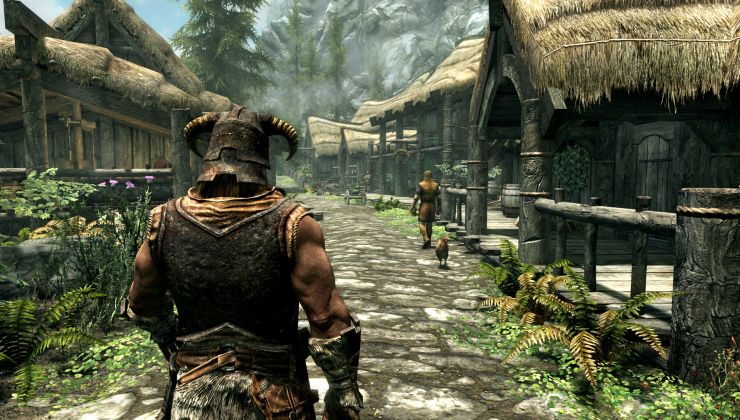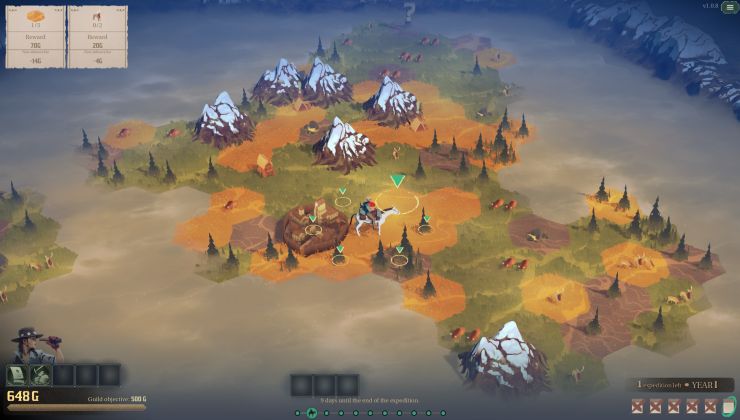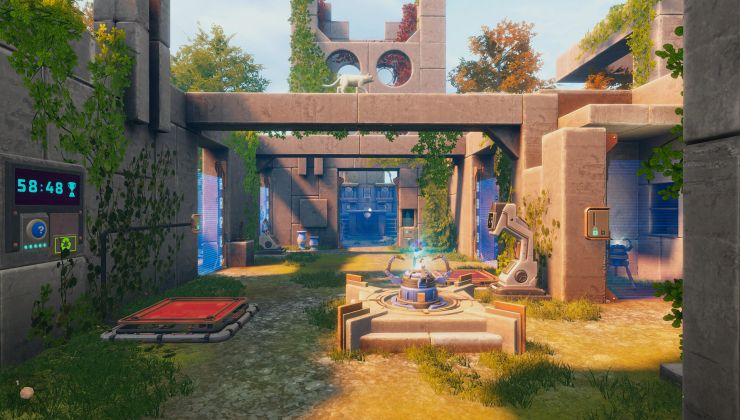Recently, a Valve developer revived steamcompmgr (the SteamOS compositing and window manager) and renamed it to Gamescope. After writing about it yesterday here on GOL, they've now given some more info on what it actually does.
Valve developer Pierre-Loup Griffais is spearheading the effort and a few hours ago they actually gave it a readme, mentioning that "gamescope does the same thing as steamcompmgr, but with less extra copies and latency". From the readme:
- It's getting game frames through Wayland by way of Xwayland, so there's no copy within X itself before it gets the frame.
- It can use DRM/KMS to directly flip game frames to the screen, even when stretching or when notifications are up, removing another copy.
- When it does need to composite with the GPU, it does so with async Vulkan compute, meaning you get to see your frame quick even if the game already has the GPU busy with the next frame.
It also runs on top of a regular desktop, the 'nested' usecase steamcompmgr didn't support.- Because the game is running in its own personal Xwayland sandbox desktop, it can't interfere with your desktop and your desktop can't interfere with it.
- You can spoof a virtual screen with a desired resolution and refresh rate as the only thing the game sees, and control/resize the output as needed. This can be useful in exotic display configurations like ultrawide or multi-monitor setups that involve rotation.
The features of that second part are working, but aren't exposed to the user yet.
Right now, they said it runs on an AMD GPU with Mesa but could be made to work with other drivers "with minimal work". NVIDIA would need to support accelerated Xwayland to work with Gamescope.
Definitely going to be interesting to find out their actual plan for it. A revived Steam Machine effort, perhaps with an AMD GPU? Or something else to help with whatever Steam Cloud Gaming turns out to be—a simple Linux front end for it perhaps? Back down to reality for a moment, it's more likely it's linked to their container effort to make Linux games run exactly how they want them across the many different distributions and desktops.
Many questions. I've emailed Valve to see if they want to give us any insight, although they're usually tight-lipped though so we might have to just wait and see if it's for a big plan or just a fun project for now.
Quoting: GuestBasically I regret buying a recent card to have the same performance of a 4 year old card I already own at the moment. I had high hopes in the NAVI cards but they turned out being not so amazing.
It's an iterative process. AMD said they are investing a lot into microarchitecture for Navi, so I expect its performance to continue improving and catch up to Nvidia, or hopefully get ahead of it. Current iteration of Navi is obviously still only catching up in this sense.
So yes, currently using AMD you get lower performance than some Nvidia cards, but not really much lower, and as I said, AMD is on the course to fix it. That's a tradeoff I'm OK with. The other option is to support a nasty company that slows down Linux progress to begin with.
Last edited by Shmerl on 21 January 2020 at 7:46 pm UTC
Quoting: ShmerlIs Chrome OS using Wayland?AFAIK, it it. IIRC, it's even used by Android apps instead of surfaceflinger. I didn't find much on this topic though (information is scattered), besides this FAQ entry.
Last edited by MayeulC on 23 January 2020 at 6:27 pm UTC
Quoting: MayeulCQuoting: ShmerlIs Chrome OS using Wayland?AFAIK, it it. IIRC, it's even used by Android apps instead of surfaceflinger. I didn't find much on this topic though (information is scattered), besides this FAQ entry.
Interesting, thanks! If Android UI applications can work through Wayland, Google should simply move to it on Android itself.
QuoteSommelier is an implementation of a Wayland compositor that delegates compositing to a ‘host’ compositor. Sommelier includes a set of features that allows it to run inside a tight jail or virtual machine.
Sommelier can run as service or as a wrapper around the execution of a program. As a service, it spawns new processes as needed to service clients. The parent process is called the master sommelier.
Last edited by Shmerl on 23 January 2020 at 6:50 pm UTC
I just get a black window, when i try to use "gamescope glxgears".
Is this a compiz issue?






See more from me